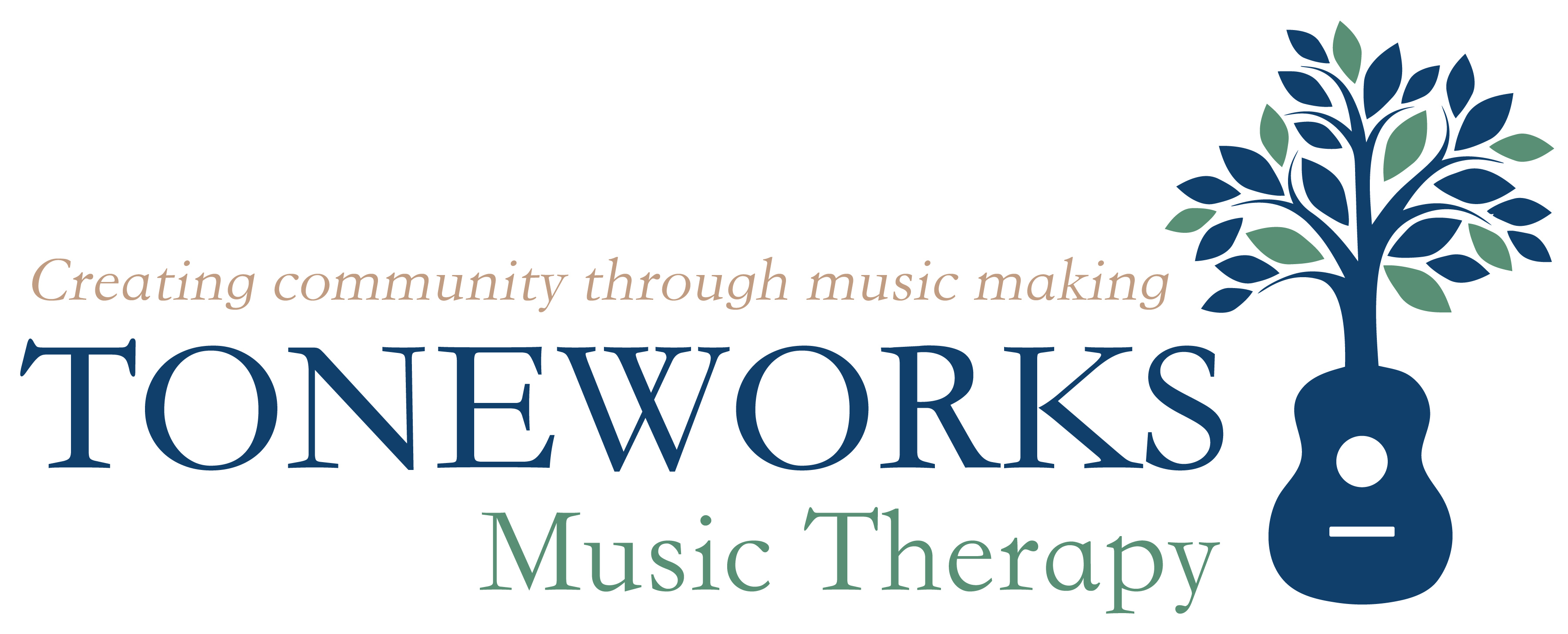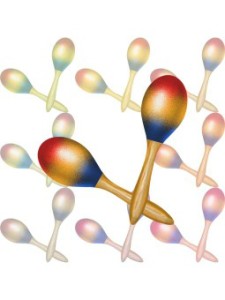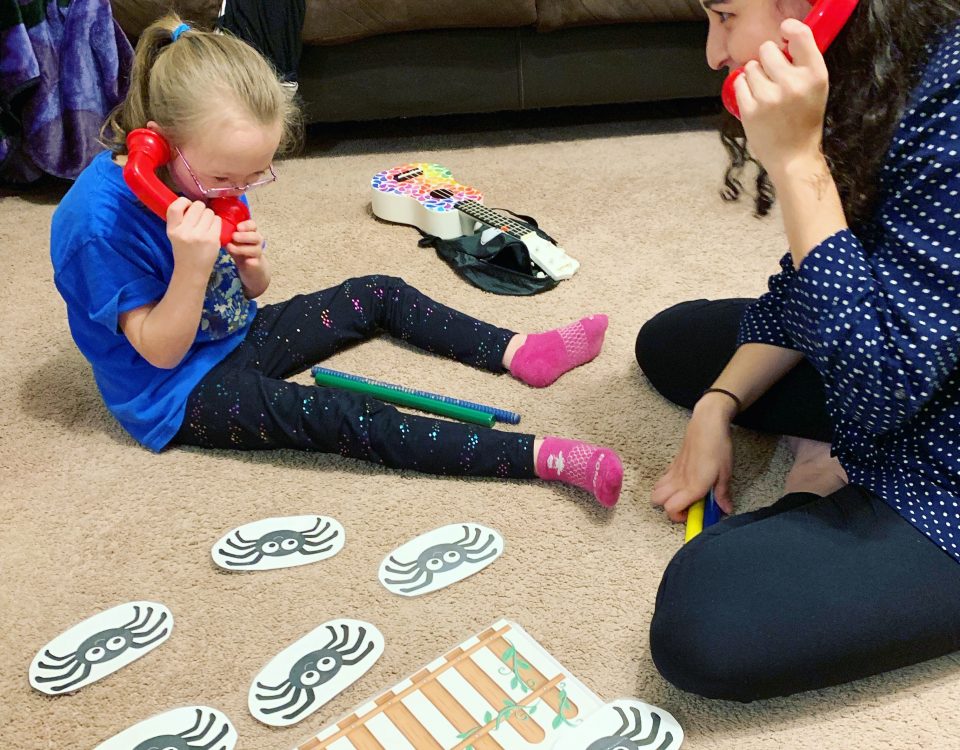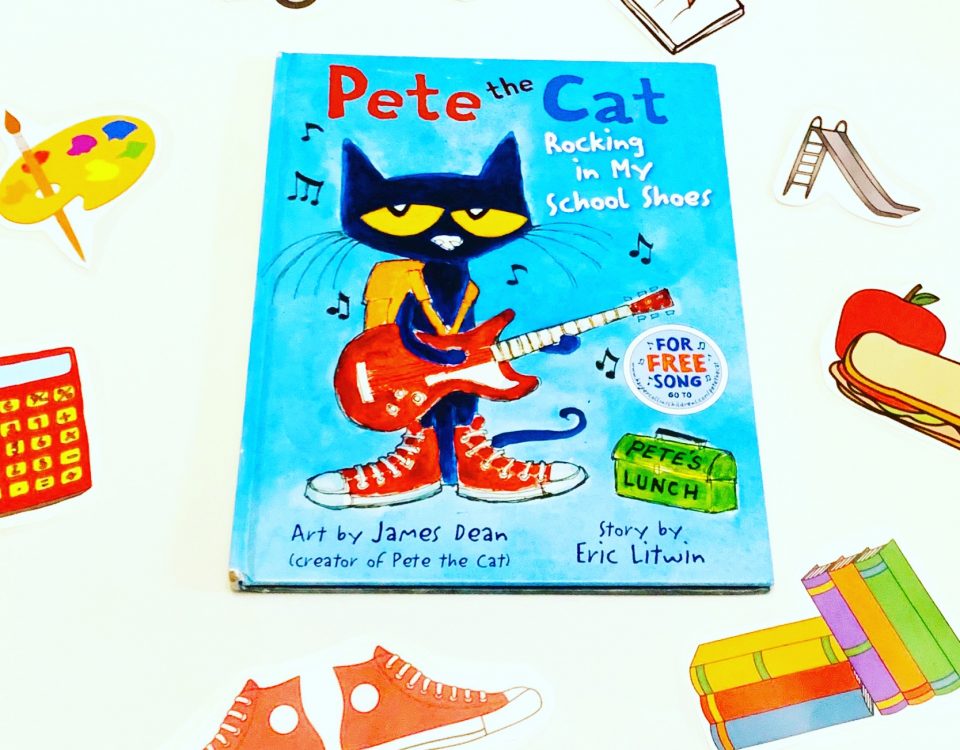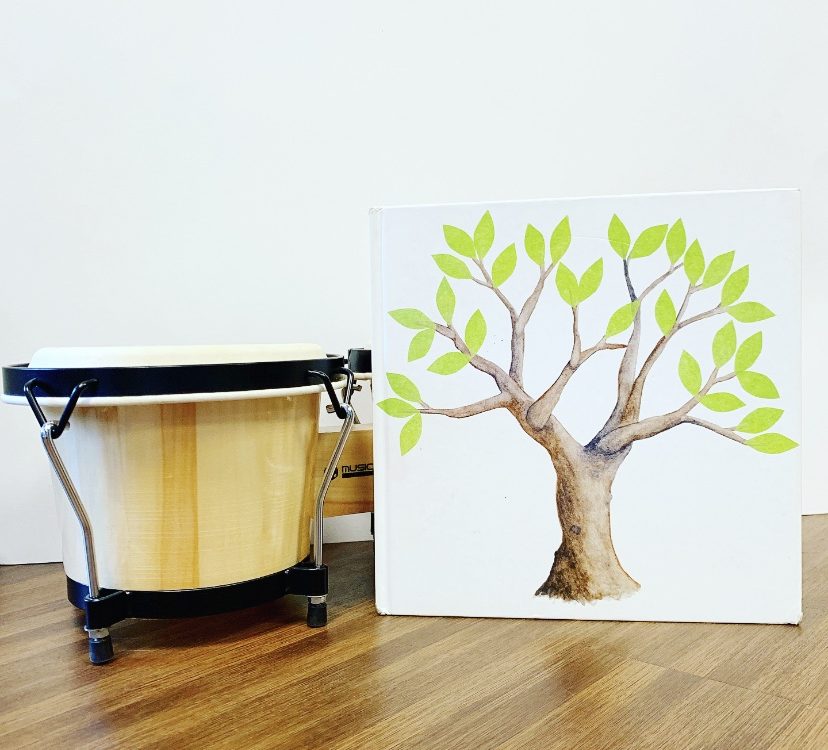Wordless Wednesday: {3.2.16}
March 2, 2016Friday Favorite: {Here Comes Dan (BEEP BEEP!) the Taxi Man}
March 18, 2016
Post by Alexa Rosenbaum, Toneworks intern
Over the past 6 months as an intern, I’ve grown as a therapist, musician, and human being. I’ve worked with a huge variety of clients and done more musical interventions than I thought even existed. I’ve learned how to adapt to the needs and strengths of my clients, and have found ways for all of them to succeed and participate during music. Yet maybe most importantly, I have truly realized the power of egg shakers. Regardless of age, diagnosis, and musical skill level, I have found that shakers are both engaging and accessible little instruments. Even the slightest movement creates a fun sound, and the variety of colors allows for decision making and encourages expressive communication. Regardless of the classroom theme or the number of students present, shaker activities are one thing that I keep consistent through every session in the schools. While we have a rotation of go-to shaker songs here at Toneworks, I find that I am always trying to come up with more songs to facilitate moving with and playing the shakers. So for my last internship blog post, I thought I would use a very familiar and simple tune to encourage clients to play their shakers in different ways!
Below is an adaptation of the song “London Bridges” that will get clients moving and grooving with their shakers:
Shake your shakers, shake shake shake, shake shake shake, shake shake shake
Shake your shakers, shake shake shake, now say stop
*Some other favorite shaker movements are tapping together, rolling, rubbing knees, tapping toes, and shaking up high.
This is a very straight forward and direct way of instructing clients on how to play their shakers, but the familiarity of the tune will allow clients to sing along and anticipate what is coming next. Because I am often immersed in the world of Early Childhood Special Education, I think that this intervention would work best with younger children in a group setting. But it could no doubt be beneficial in individual sessions or with older clients depending on ability level and musical preference. The fact that it repeats the movement so many times creates tons of opportunities for successful imitation and provides reinforcement of learning as well!
